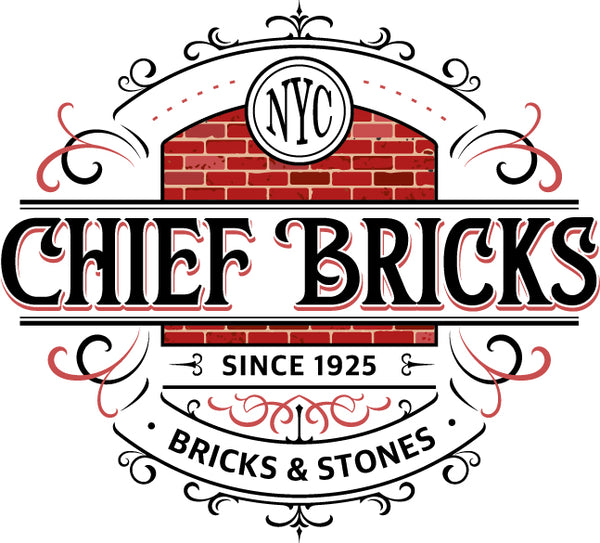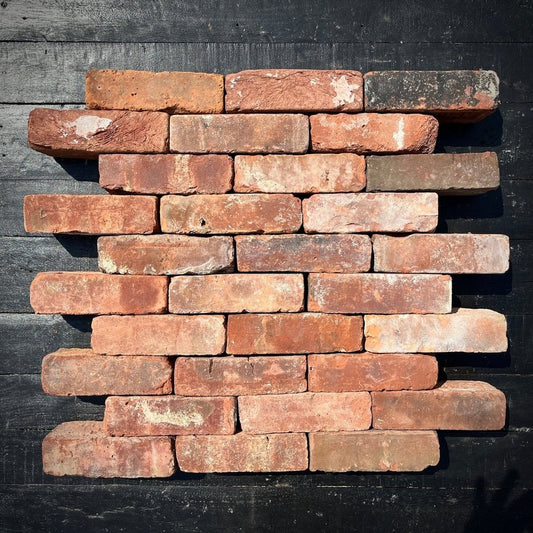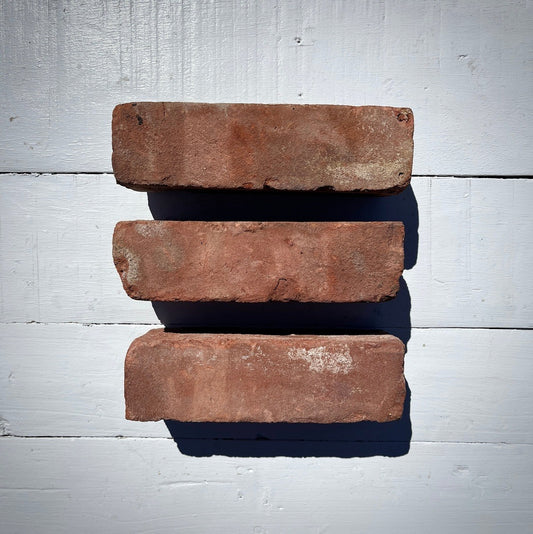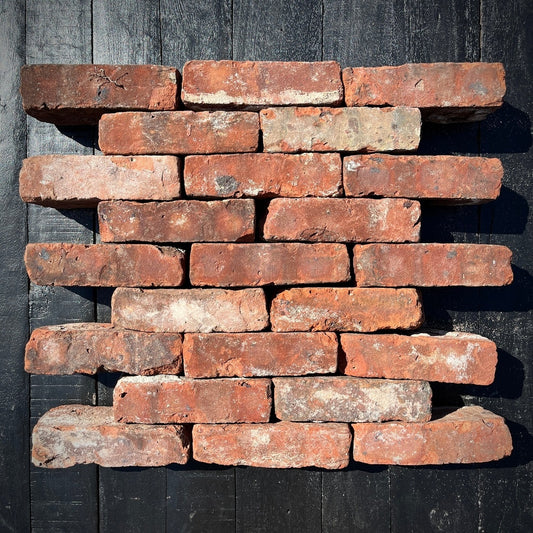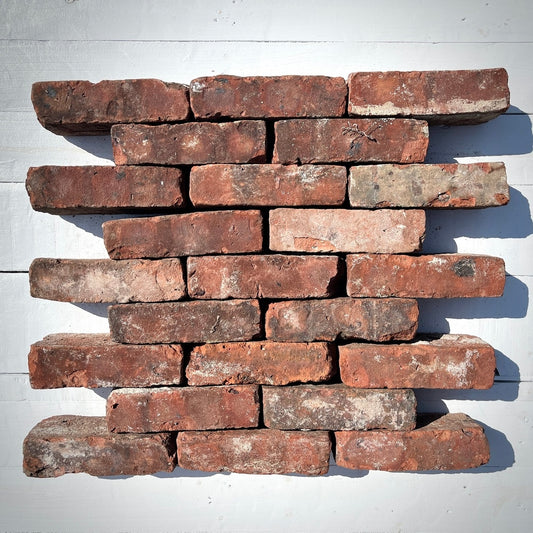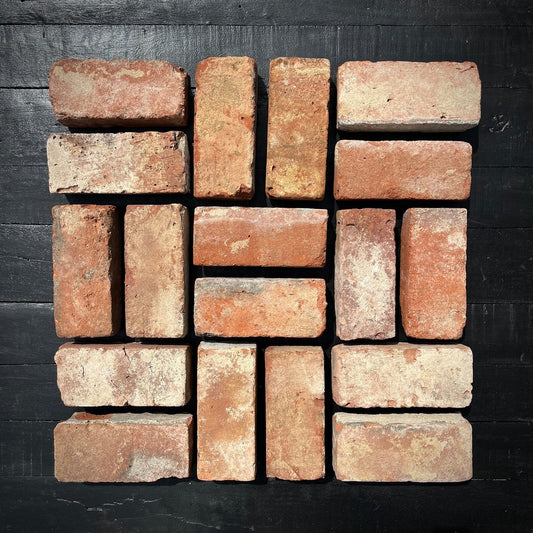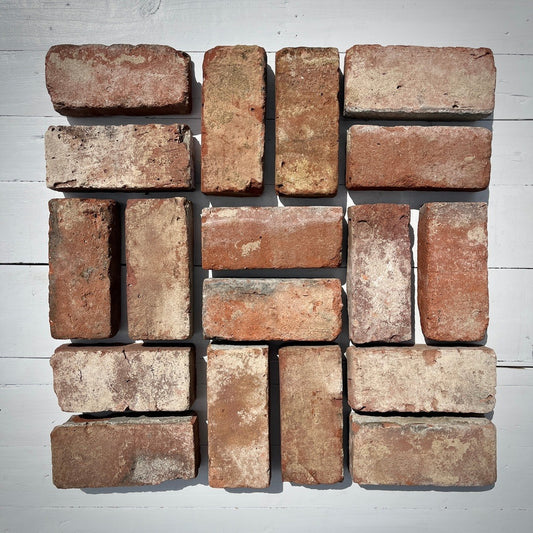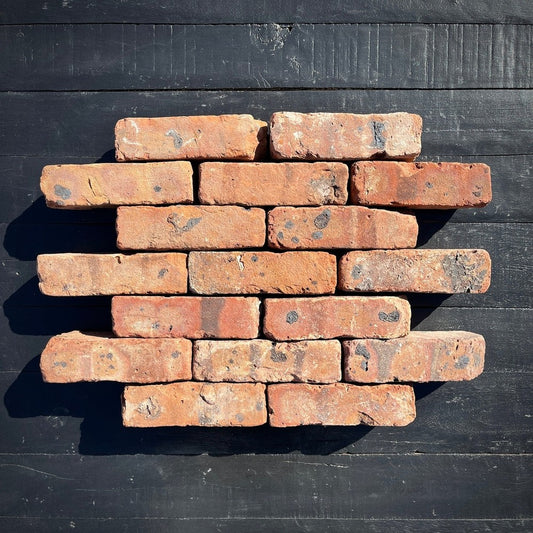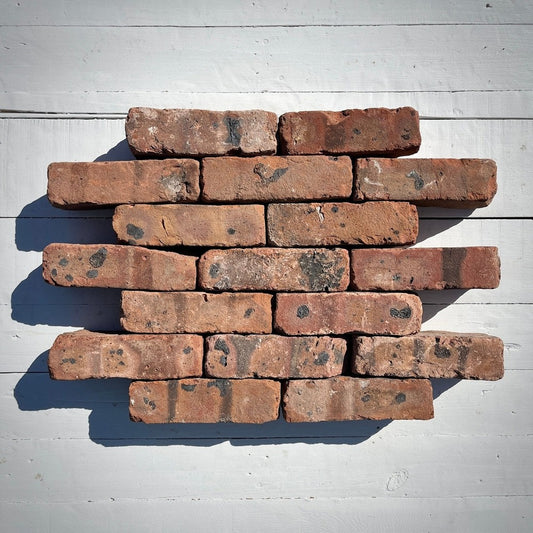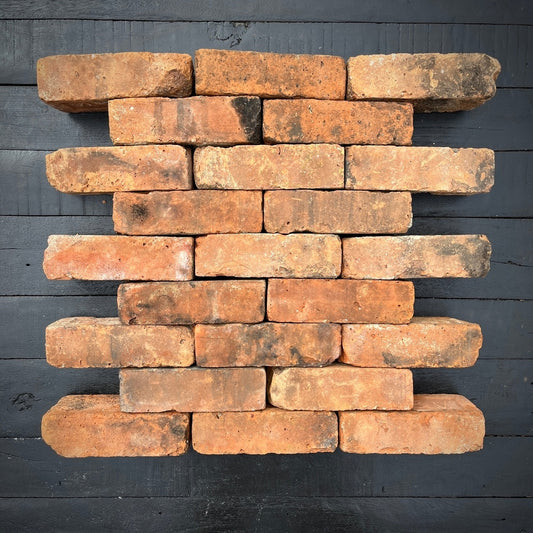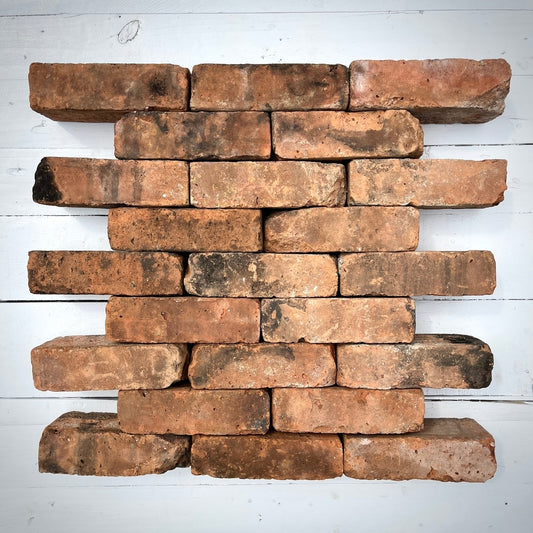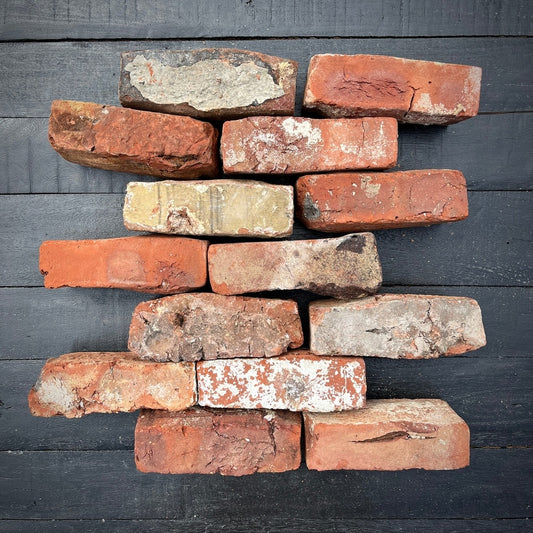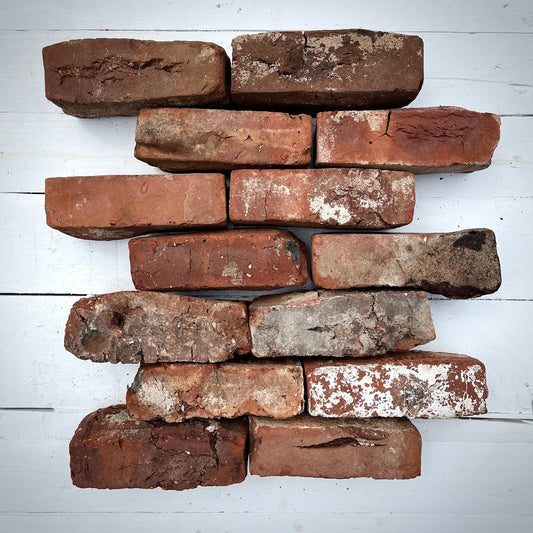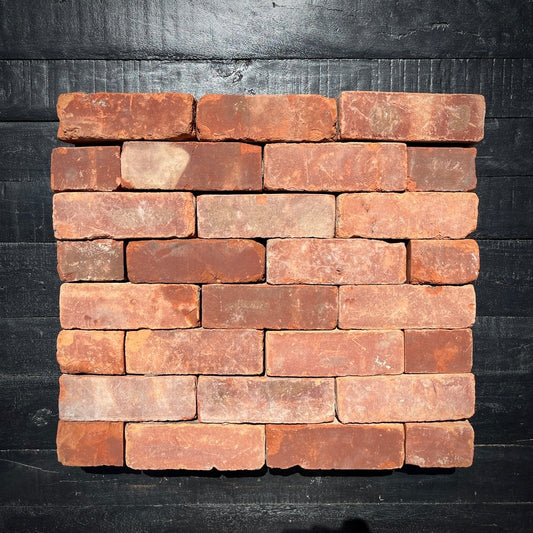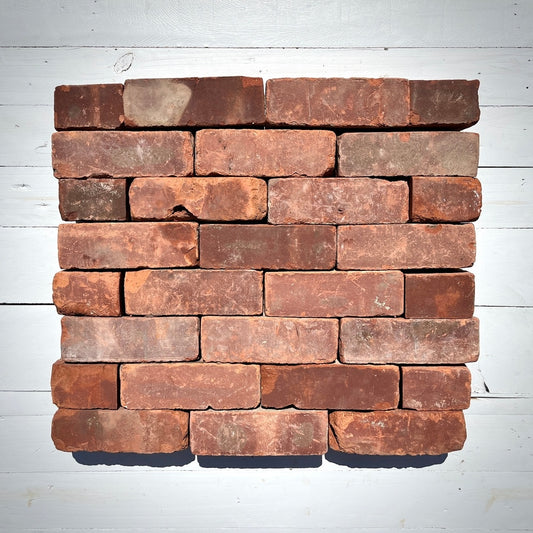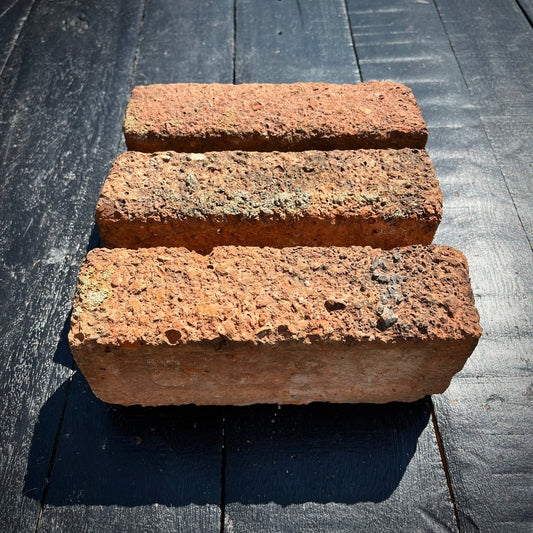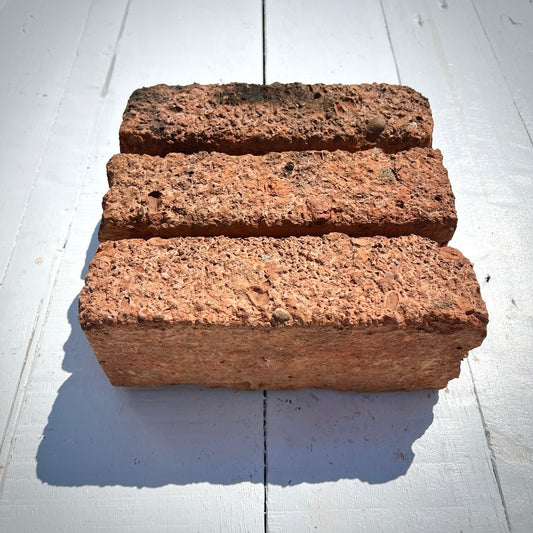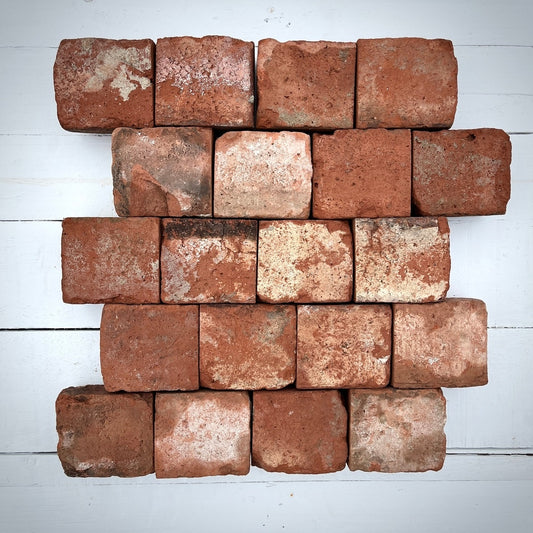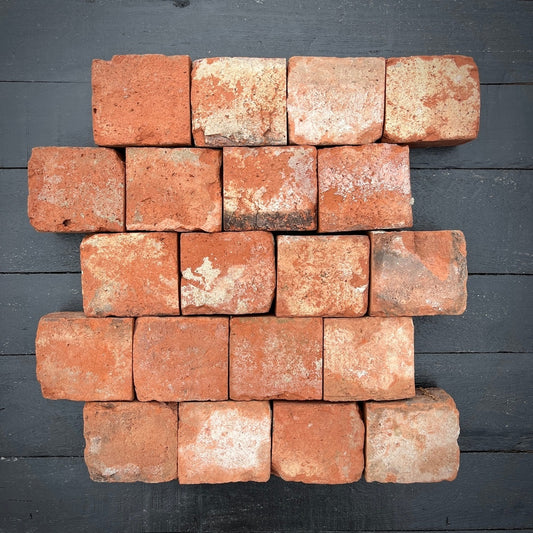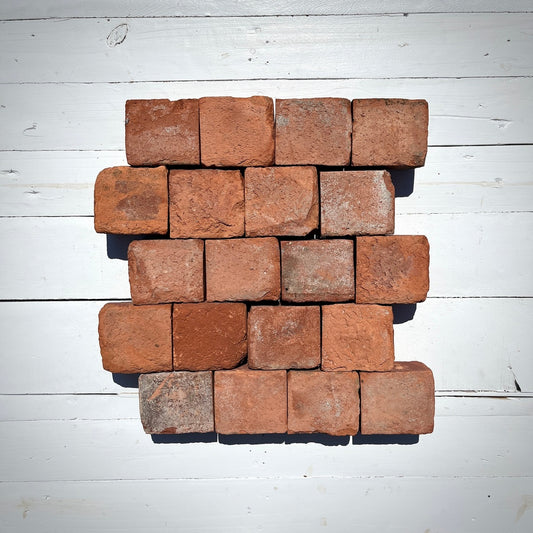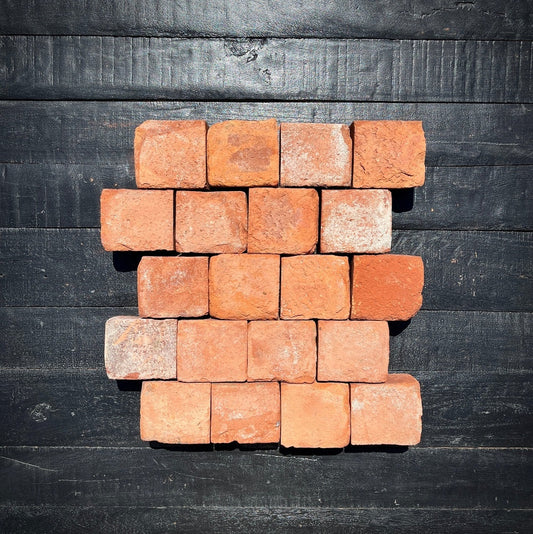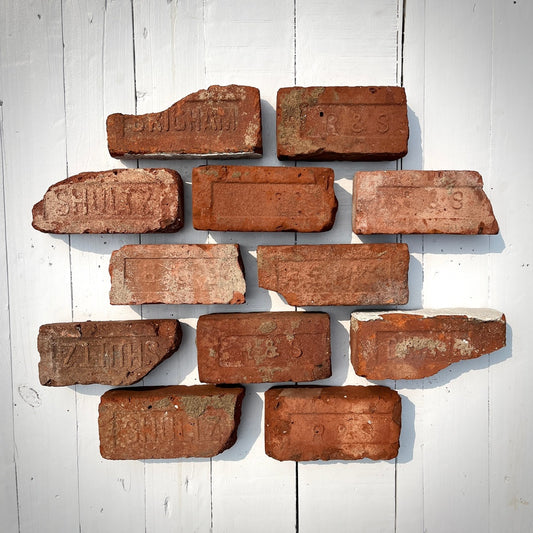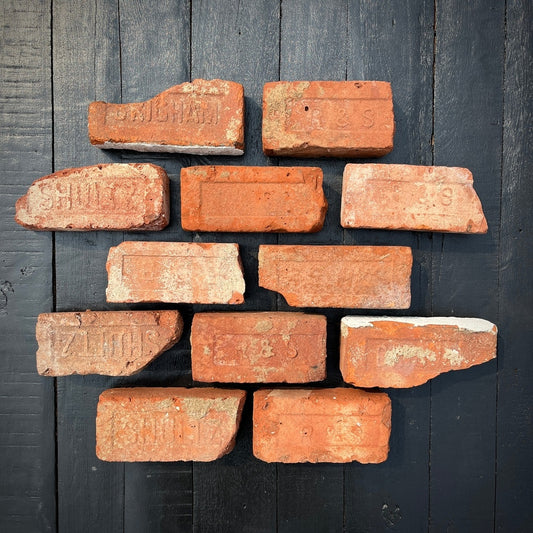You've probably seen pictures of New York City's skyline a thousand times. The towering buildings and historic architecture feel so iconic. But there's a secret hiding in plain sight, a common thread that ties many of them together. A huge number of America's greatest structures are famous Landmarks Built with Hudson Valley Brick.
That beautiful red hue you see on so many classic buildings didn't just appear out of nowhere. It was dug from the clay banks of the Hudson River and fired in local kilns. You'll learn about some of the most amazing Landmarks Built with Hudson Valley Brick, and you might be surprised by what made the list.
Table Of Contents:
- The Hudson Valley: America's Brickmaking Capital
- Famous New York City Landmarks Built with Hudson Valley Brick
- Beyond the Big Apple: Other Iconic Structures
- Why Was Hudson Valley Brick So Popular?
- Location, Location, Location
- The End of an Era and the Enduring Ruins
- Conclusion
The Hudson Valley: America's Brickmaking Capital
For nearly a century, the Hudson River Valley was the undisputed brickmaking capital of the world. The scale of the brick industry was immense, with over 130 brickyards flanking the Hudson River at its peak. Together, they produced more than a billion bricks annually for construction projects near and far.
The story begins with geology from the last Ice Age. Ice Age glaciers deposited huge amounts of fine silt and clay as they retreated up the valley. These glaciers deposited huge amounts of layered blue and yellow clay, which was the perfect raw material for brick manufacturing.
This natural resource was especially abundant in counties like Rockland County and Columbia County. The process of turning this clay into river brick was an industrial marvel of its time. Companies like the Hutton Company developed massive brick works to meet the demand, transforming the landscape in the process.
Getting the finished product to market was remarkably efficient. Barges floated down the Hudson River, delivering bricks directly to New York City. This logistical advantage made Hudson Valley brick the most essential building material for the growing metropolis, a history well-documented by the Hudson River Maritime Museum.
Read our article: History of Brick Manufacturing In The Hudson Valley
Famous New York City Landmarks Built with Hudson Valley Brick
When you think of New York's biggest and best buildings, you probably think of steel and stone. But brick was the essential, everyday material that made it all happen. It formed the structural cores and interior walls, giving these giants their strength and fire resistance.
The Empire State Building
Yes, even the king of the skyline has a heart of brick. While its famous exterior is Indiana limestone and granite, the inside is a different story. To support the massive steel frame, architects needed a fireproof, strong, and readily available material for the interior walls.
They chose Hudson Valley brick for the job. Construction crews used an estimated 10 million common bricks for things like backup walls, fireproofing steel columns, and creating elevator shafts. This crucial fact is often overlooked in the building's history, but without those local bricks, the icon we know today wouldn't exist.

Empire State Building, Manhattan, New York
Grand Central Depot
Grand Central Depot opened in 1871 to the Second Empire designs of architect John B. Snook and the commission of Cornelius Vanderbilt. The $6.4 million station had tracks for the region’s three major lines–the New York Central and Hudson River Railroad, the New York and Harlem Railroad, and the New York and New Haven Railroad. Up until this time, all the lines were located in separate stations. The three train lines each had their own depots, architecturally marked by large towers with big mansard caps that bore the line name. The center tower was 120-feet tall and had three giant clocks that lit up at night. The station was made of red brick with marble and granite accents.

Grand Central Depot, 1880. Manhattan, New York
St. Patrick's Cathedral
This Gothic Revival masterpiece on Fifth Avenue looks like a delicate sculpture of white marble. It seems to defy gravity with its soaring spires and intricate carvings. But behind that beautiful facade is a rugged core of Hudson Valley brick.
The architects used brick to create the massive structural arches and support walls. They then covered this brick skeleton with the more decorative Tuckahoe marble. As the cathedral's own history explains, this technique allowed them to build a grand stone cathedral with the strength and stability that only brick could offer at the time.

St Patrick's Cathedral, Manhattan, New York
Carnegie Hall
Unlike some of the other city structures, Carnegie Hall wears its brick on the outside with pride. The building is known for its beautiful Italian Renaissance style. It features a stunning facade made from long, slender Roman bricks in shades of orange and brown.
These specialized bricks also came from kilns along the Hudson. The choice of brick gives the building a warm, inviting feel that complements the incredible music made inside. It's a perfect example of how the right material can define a building's entire character.

Carnegie Hall
The Brooklyn Bridge Anchorages
While known for its granite towers and steel cables, the Brooklyn Bridge also relied on materials from the Hudson Valley. The massive anchorages on both the Manhattan and Brooklyn sides are monumental structures in their own right. They are largely built from limestone and granite, but their construction required immense logistical support.
The vast quantities of cement needed for the project were produced in Rosendale, just west of the Hudson River. This cement was transported on the same river barges that carried local bricks to countless other construction projects. The bridge's construction showcases the integrated network of material suppliers throughout the Hudson Valley region that fueled New York's Hudson River connection to industry.

Brooklyn Bridge, New York
| Landmark | Role of Hudson Valley Brick | Primary Exterior Material |
|---|---|---|
| Empire State Building | Interior structural walls and fireproofing (approx. 10 million bricks). | Limestone & Granite |
| Grand Central Depot | Interior structural walls and fireproofing. | Red Bricks, Marble and Granite Accents |
| St. Patrick's Cathedral | Inner structural core, arches, and support walls. | Tuckahoe Marble |
| Carnegie Hall | Primary exterior facade material (Roman bricks). | Brick & Terracotta |
Beyond the Big Apple: Other Iconic Structures
The influence of Hudson Valley brick wasn't confined to New York City. The material was used to build mansions, factories, and institutions all over the region and beyond. These historic sites also tell a fascinating story of the area's history and development.
Sing Sing Correctional Facility
Sing Sing is one of America's most famous prisons, known for its imposing presence on the banks of the Hudson. What many don't know is that the prison itself was built using local materials. This includes marble from the local 'Sing Sing' quarry in Westchester County.
Brick was also a huge part of its early construction. The original 1825 cell block was a massive stone structure, but later expansions and supporting buildings used countless bricks from upriver. It was a practical, strong material perfect for a place that needed to be secure, representing a stark contrast to the idyllic paintings of the Hudson River School popular at the time.
The Thayer Hotel at West Point
Perched high on a hill overlooking the Hudson River, The Thayer Hotel at West Point is a stunning example of collegiate Gothic architecture. Its castle like appearance, with its towers and parapets, looks like something out of a storybook. It's fitting for such a historic location, deeply connected to the natural history of the region.
Opened in 1926, the hotel was constructed primarily of local stone and, you guessed it, Hudson Valley brick. The materials give it a sense of permanence and strength, reflecting the character of the United States Military Academy it serves. The river brick connects it physically and historically to the very ground it stands on.

The Thayer Hotel, West Point, New York
Regional Homes and Aqueducts
Countless homes and smaller buildings throughout the river valley were built with local brick, from Sleepy Hollow to Albany. It was the go-to material for durable and attractive construction. The brick facades of many historic main streets in towns along the river are a direct legacy of this industry.
Furthermore, major infrastructure projects like the Old Croton Aqueduct relied heavily on brick. This aqueduct was a marvel of 19th-century engineering, bringing a reliable water supply to New York City. Millions of bricks were used to line its underground tunnels, which run through areas like White Plains before reaching the city.

Old Croton Aqueduct
Why Was Hudson Valley Brick So Popular?
What made this particular river brick so special? It came down to a perfect combination of two factors: exceptional quality and unbeatable convenience. This pairing created a product that dominated the construction market for nearly a century.
The Perfect Color and Strength
The specific mineral content in the Hudson Valley's clay gave the bricks their famous deep red color. Depending on the clay source and firing temperature, brickmakers could also create shades of orange, yellow, and even purple. Architects, influenced by aesthetic movements like the Hudson River School, loved having this natural palette to work with.
But the bricks weren't just pretty. This clay, when fired, produced an incredibly dense and strong brick. This high compressive strength, as explained in studies of historic masonry materials, made it ideal for building the multi story structures that were starting to rise all over New York City.
Location, Location, Location
York's Hudson River was the key to the industry's success. It was a natural highway that connected the brickyards directly to the biggest construction market in the world. A single barge could carry hundreds of thousands of bricks in one trip, a feat documented at the river maritime museum.
This was far more efficient and cost-effective than trying to transport such a heavy material by road or rail. This logistical advantage kept costs down and made Hudson Valley brick the default choice for builders. It fueled the city's explosive growth through the 19th and early 20th centuries.
The End of an Era and the Enduring Ruins
The dominance of the Hudson Valley brick industry could not last forever. By the mid-20th century, new construction materials like concrete block and steel framing became more popular. The Great Depression also slowed construction, and changing architectural styles reduced the demand for brick.
Many of the once-mighty brickyards closed down, one by one. The Hutton Brick Works, one of the last major producers, ceased operations in 1980, marking the end of an era. The remnants of this powerful industry now exist as haunting brick ruins along the river's edge.
These notable ruins constructed from the industry's own products have become a subject of fascination. Photographers and historians Robert Yasinsac and Thomas Rinaldi have documented these decaying structures, capturing a forgotten piece of local history. Their work helps highlight brickyard ruins before they vanish completely, a fate some met when a landslide caused a collapse.
Some of these former industrial sites are being reclaimed. In Kingston, the former site of the Hutton Brickyards has been transformed into a popular event venue. Nearby, the Hudson River Brickyard Trail allows visitors to walk through this historic site, offering views of the river and the remaining brick ruins near Kingston Point Beach.
Conclusion
The next time you're in New York or traveling through the Hudson Valley, take a closer look at the buildings around you. That humble brick wall might just have a deeper story to tell. It's a story of powerful ice age glaciers, skilled craftspeople, and a river that served as the lifeline for a booming industry.
From the heart of Manhattan's tallest skyscrapers to the quiet brick ruins along the shore, the legacy is everywhere. These incredible Landmarks Built with Hudson Valley Brick are more than just buildings; they are the legacy of a vital chapter in American history, built to last for generations.
